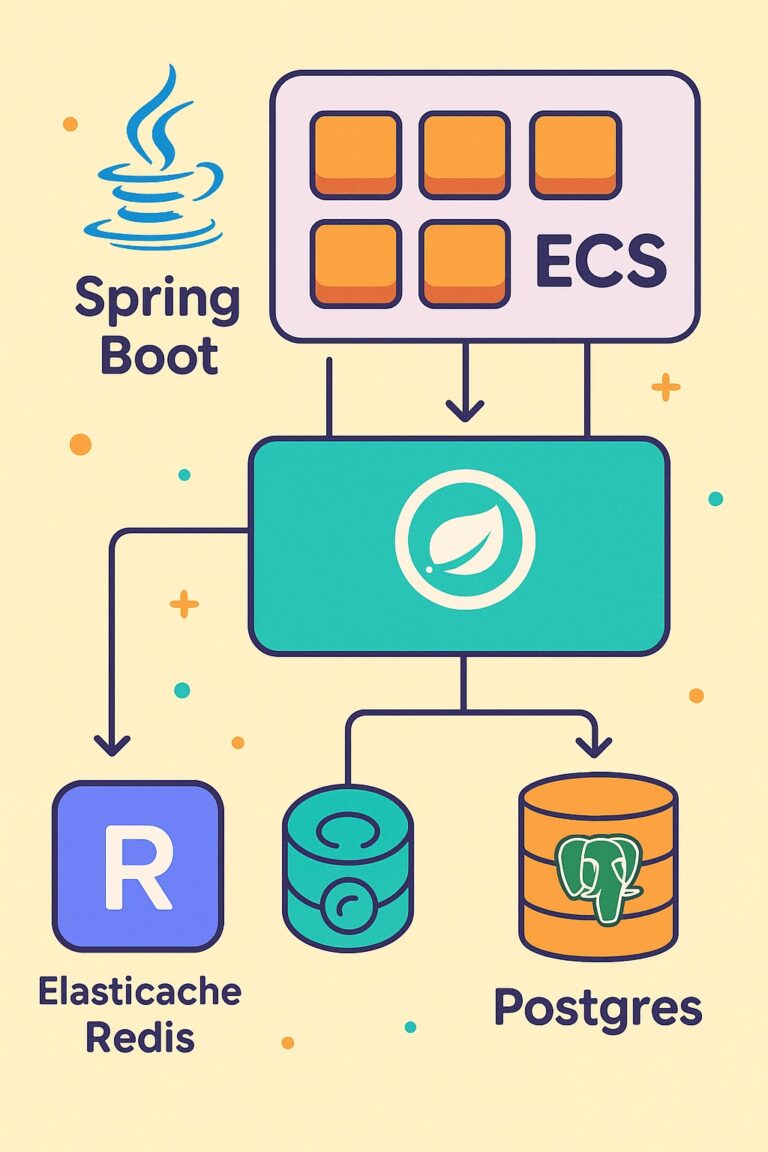Spring Data simplifies data access and repository implementation by eliminating boilerplate code. At the core of Spring Data JPA are a number of annotations that help define relationships, repository behavior, and entity mappings.
Below is a categorized list of essential Spring Data (JPA) annotations, each with a brief explanation and example.
1. @Entity
Marks a class as a JPA entity, which maps to a database table.
import jakarta.persistence.Entity;
import jakarta.persistence.Id;
@Entity
public class User {
@Id
private Long id;
private String name;
}2. @Id
Marks a field as the primary key.
@Id
private Long id;3. @GeneratedValue
Specifies how the primary key is generated (e.g., auto-increment).
@Id
@GeneratedValue(strategy = GenerationType.IDENTITY)
private Long id;4. @Table
Defines the table name if it differs from the entity name.
@Entity
@Table(name = "users")
public class User {
// ...
}5. @Column
Customizes the column mapping.
@Column(name = "user_name", nullable = false)
private String name;6. @Repository
Marks an interface as a Spring Data repository.
import org.springframework.data.jpa.repository.JpaRepository;
import org.springframework.stereotype.Repository;
@Repository
public interface UserRepository extends JpaRepository<User, Long> {
}7. @Query
Defines custom JPQL or native SQL queries.
@Query("SELECT u FROM User u WHERE u.name = :name")
List<User> findByName(@Param("name") String name);8. @Param
Used to bind method parameters to query parameters in @Query.
@Query("SELECT u FROM User u WHERE u.name = :name")
List<User> findByName(@Param("name") String name);9. @Modifying
Used for update or delete queries.
@Modifying
@Query("UPDATE User u SET u.name = :name WHERE u.id = :id")
void updateNameById(@Param("id") Long id, @Param("name") String name);Requires
@Transactionalon the method or class.
10. @Transactional
Marks a method or class to be transactional.
@Transactional
@Modifying
@Query("DELETE FROM User u WHERE u.name = :name")
void deleteByName(@Param("name") String name);11. @EnableJpaRepositories
Enables JPA repositories in a Spring configuration class.
@SpringBootApplication
@EnableJpaRepositories(basePackages = "com.example.repository")
public class MyApp {
public static void main(String[] args) {
SpringApplication.run(MyApp.class, args);
}
}12. @EntityListeners
Used for entity lifecycle callbacks (e.g., auditing).
@Entity
@EntityListeners(AuditingEntityListener.class)
public class AuditableUser {
@CreatedDate
private LocalDateTime createdDate;
}13. @CreatedDate, @LastModifiedDate
Part of Spring Data Auditing to track creation and update times.
@CreatedDate
private LocalDateTime createdDate;
@LastModifiedDate
private LocalDateTime lastModifiedDate;14. @MappedSuperclass
Defines a superclass whose fields are inherited by JPA entities.
@MappedSuperclass
public abstract class BaseEntity {
@Id
@GeneratedValue
private Long id;
}15. @Inheritance
Used for entity inheritance mapping.
@Entity
@Inheritance(strategy = InheritanceType.JOINED)
public class Animal {
@Id
private Long id;
}
@Entity
public class Dog extends Animal {
private String breed;
}16. @OneToOne, @OneToMany, @ManyToOne, @ManyToMany
Define relationships between entities.
// ManyToOne
@ManyToOne
@JoinColumn(name = "department_id")
private Department department;
// OneToMany
@OneToMany(mappedBy = "department")
private List<Employee> employees;17. @JoinColumn
Defines the foreign key column for relationships.
@JoinColumn(name = "dept_id")
private Department department;18. @Cascade
While not part of JPA itself, in Hibernate-specific scenarios:
@OneToMany(mappedBy = "user", cascade = CascadeType.ALL)
private List<Order> orders;19. @NamedQuery
Defines named queries at the entity level.
@Entity
@NamedQuery(name = "User.findByEmail", query = "SELECT u FROM User u WHERE u.email = :email")
public class User {
// ...
}Spring Boot Auto-Config
In Spring Boot, many things are auto-configured, so simply extending JpaRepository and annotating your application with @SpringBootApplication is often enough to get started.
Example: Putting It All Together
@Entity
public class Book {
@Id
@GeneratedValue
private Long id;
@Column(nullable = false)
private String title;
@ManyToOne
@JoinColumn(name = "author_id")
private Author author;
}
@Repository
public interface BookRepository extends JpaRepository<Book, Long> {
List<Book> findByTitle(String title);
}Summary
Spring Data JPA offers powerful abstractions that reduce the boilerplate in data access layers. Here’s a quick summary of what we covered:
| Annotation | Purpose |
|---|---|
@Entity | Declares a class as a JPA entity |
@Id, @GeneratedValue | Marks and generates primary key |
@Table, @Column | Maps entity to DB table/columns |
@Repository | Marks interface for repository |
@Query, @Param | Defines custom queries |
@Modifying, @Transactional | For update/delete queries |
@EnableJpaRepositories | Bootstraps JPA repositories |
@CreatedDate, @LastModifiedDate | Auditing fields |
| Relationship annotations | @OneToOne, @ManyToOne, etc. |



